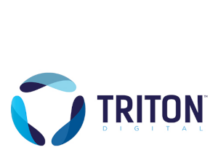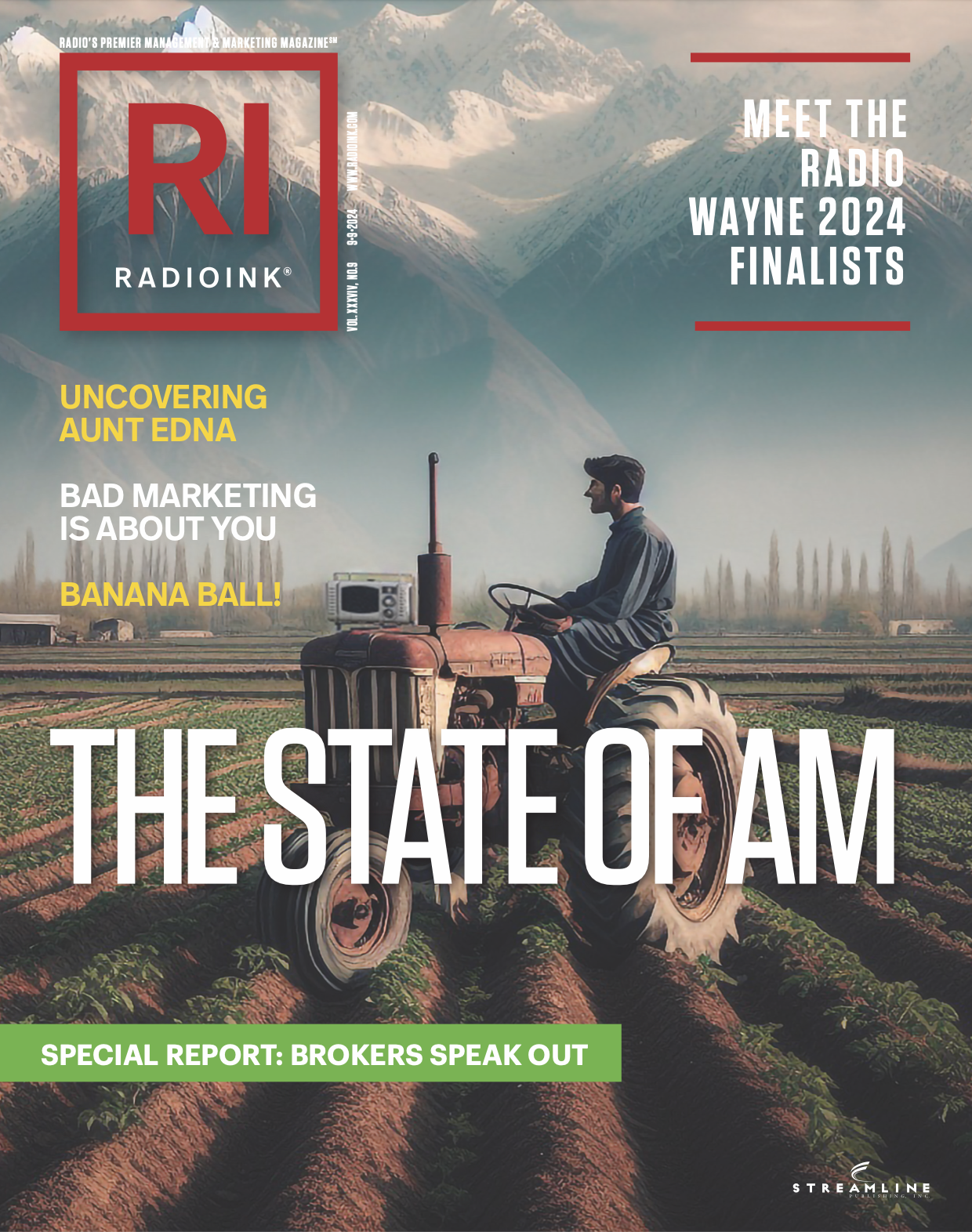
(By Mike McVay) My writings over the last three weeks have focused on News and Information. First was the opportunity for News and Talk radio during the last half of the year leading to and through Election Day and the Presidential Inauguration. Last week, we discussed the question of keeping the trust of an audience.
The conclusion to The News Trilogy is all about content. In a webinar this past week, Remote News Service CEO and Founder Lesley Lotto shared, among other things, that Radio/TV continues to be the #1 source for news and information with 78% of the respondents using online platforms for News at least a few times per/week*. Despite the naysayers, news is one of the content attributes that continue to make radio a destination for information.
Because of the Presidential Race, and the news cycle around it, the common thinking is that the most important daily story is what the candidates are doing or saying. Longtime McVay Media News/Talk consultant Holland Cooke taught me that the most important thing to a listener is that which impacts their lives directly. People are more concerned about the bridge between their home and work being out than they are about something said by a political candidate.
The news content categories that I’ve found to resonate with an audience, regardless of format, are Heart, Purse, Health, Relaxation, Safety, and National/Local stories that impact lives. These categories need not be presented in this order, but rather in the order of what has the most meaning to the audience. There should be no rule as to what story airs first, beyond it being that the story of greatest interest to the target listener is the lead.
Heart stories pull on the heartstrings. They touch an emotional chord. A mass shooting at a school is a Heart Story. The baby kidnapped from a mother’s arms in a maternity ward. The story of a wheelchair stolen from a paraplegic while waiting for a ride. The stories of lives lost, courage, and healing, all fit into the category of Heart Stories. We all feel “sympathetic” to tragedy, or we feel “good” as a result of hearing a heart story that ends well. They’re rare, but they are to be cherished.
Purse stories hit us in the pocketbook. This factor is one of the most important to our listeners. The critical issue here is how the story is presented. In any given week, there are numerous purse string stories be it the laying off of workers or the increase in home mortgage interest rates. The important factor when writing one of these stories is to clearly present how it affects the average person. It is better to be able to relate exactly how it is going to impact “you and me” as opposed to simply stating that the interest rate is increasing. Identify with the listener.
Health stories have grown in significance over the last decade. Long before the pandemic, we were concerned about wellness. Interest has grown since then. This topic can be much broader than medical research. Mental Health, a once taboo topic, is openly embraced and important to many. Research shows that people are far more diet and exercise-conscious today as a part of Life Longevity. Our audiences are interested in developments in medicine to cure diseases and new health findings. Health is important to the audience as it affects their lives.
Relaxation is another topic that should be considered when such stories arise. These stories deal with the way people manage stress in their lives. The focus is on recharging and rejuvenation, both physically and mentally. The 1980s were all about hard work and getting to the top, whereas in the nineties people were more aware of their lifestyle. The family unit became a priority. The changes to the world that North Americans knew arrived with the terrorist attack of 9/11 and impacted much of the early 2000s. The Great Recession and the Mortgage Crisis, and its’ aftermath impacted us through much of the second decade of this century.
Today, the average listener is taking advantage of vacation time, staycations, long weekends, blended work weeks that include Work From Home, and technology that allows for remote work while traveling. These advantages allow for greater opportunities to relax. Stories that provide such information are attractive to the average listener and provide a topic to be added to local news coverage.
Safety is a very important element of news content. While few stories deal with safety daily, one need only open one’s eyes and see their value. The audience is concerned about crime affecting their families, communities, and the world. It should be no surprise that all members of the human race are concerned about their safety and that of their families. Children are being gifted with mobile phones at younger and younger ages as it increases their safety and provides parental connectivity. The home security business is booming. Driver’s Education also teaches personal safety around that of operating a vehicle. Share those stories that serve as examples of why a target listener should practice personal safety.
Local news stories are thought to be the most important of all stories for the listener. In the focus groups that we have seen, people regard local stories as the stories that are most likely to affect their lives. It can be war in the Middle East or domestic violence in America. The audience is a selfish, self-centered group, which cares the most about whatever impacts on them. That’s how you gauge National and Local stories as well as how you prioritize the order of your stories. What matters most is what wins.
*Source; Free Press analysis of March 2024 AARC/BSP Free Press survey
Mike McVay is President of McVay Media and can be reached at [email protected]. Read Mike’s Radio Ink archives here.







Right on target, Mike! These are exactly the areas I encourage my budding newscasters to hit when searching for material.
If I might add one more suggestion: keep at least one newscast each hour brief. While there might be a chance that your audience wants in-depth info, they’re more likely to be tuning in for headlines on the way to work. That’s not to say they wouldn’t mind a deep dive on a subject they care about, but summaries give you more of a chance to touch on at least one topic they give a damn about.